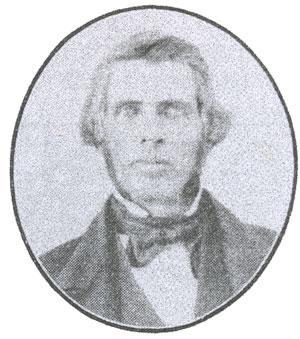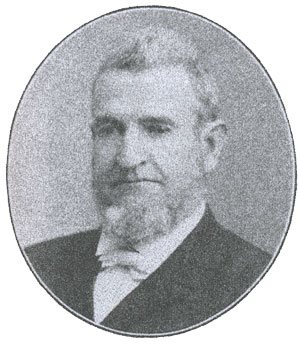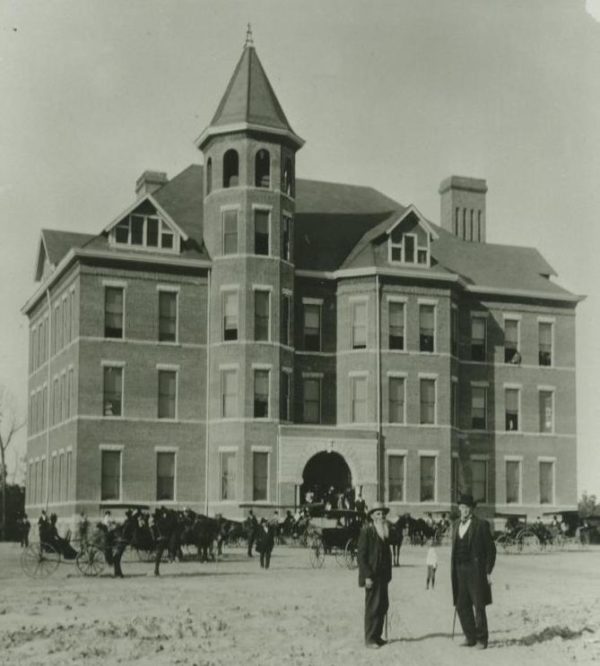05 Oct On This Day in UB History: October 5 (Old Otterbein Church)
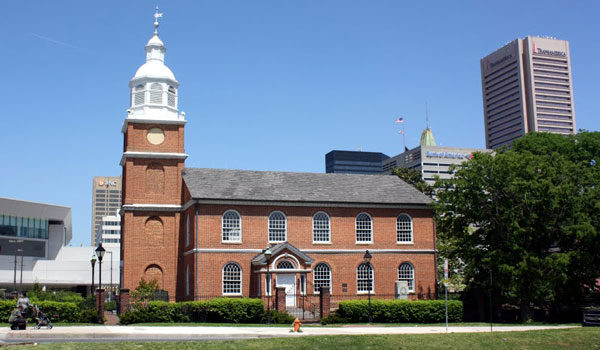
Old Otterbein Church in the heart of Baltimore, Md.
On October 5, 1842, Pastor Jacob Erb showed up at his church in Baltimore and found the doors locked. They apparently remained locked for four years. The congregation found other places to meet.
This was the church William Otterbein pastored for nearly 40 years, 1774-1813, and which is now called Old Otterbein Church. The church’s website says, “Old Otterbein Church is the mother church of the United Brethren in Christ and the oldest church edifice in continuous use in the city of Baltimore.”
Old Otterbein Church was a German Reformed congregation when Otterbein took over, but they always had a tenuous relationship with that denomination. Some historians say the congregation essentially withdrew from the German Reformed denomination. After Otterbein’s death, the congregation asked the United Brethren church to provide pastors. They were, for all intents and purposes, a United Brethren church.
In 1840, several persons filed suit to bring the congregation under the authority of the German Reformed denomination. The court ruled against the petitioners in what Henry Spayth described as “strong and decided terms.” But they tried again two years later–with more success, but with the same (failed) result.
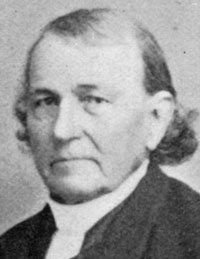
Jacob Erb
Jacob Erb (right) became the pastor in 1841, while also serving as bishop. The grandson of a Swiss immigrant, Erb had become a United Brethren member in 1820, at age 16, and was licensed to preach three years later. He was elected bishop in 1837 and continued serving until 1845.
Pastor/Bishop Erb found it necessary to expel some members–one for adultery, one for “untruth,” and others for “creating disorder in the church.” This prompted some other members to resign from their positions in the church. These persons, with help from a German Reformed minister (who, one Sunday, forced his way into the church’s pulpit), filed suit with the same goal as before–to bring the church under German Reformed authority.
The suit dragged on for four years, with the Old Otterbein congregation locked out of its own church building. The plaintiffs were in no hurry for the suit to be settled. They hoped the congregation would eventually give up and disperse. But Erb held them together, holding services wherever they could and managing the high legal costs.
Finally, in 1846, a judge ruled in favor of the United Brethren Church. Erb’s congregation once again took control of their building on Wednesday, November 18. Members thoroughly cleaned the dormant building in preparation for Sunday, when the church bells once again rang to summon people for worship. That was, apparently, the last attempt to wrest control away from the United Brethren Church.
Jacob Erb remained pastor until 1848, and then became bishop for another four years, 1849-1853. He passed away in 1883. Old Otterbein Church stayed with the “liberals” after the division of 1889, and is now a United Methodist church.

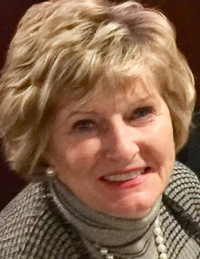 On October 4, 2013, Dr. Sherilyn Emberton was inaugurated as president of Huntington University. She was the first woman president in the school’s history. The installation was conducted by Ms. Kelly Savage, chairperson of the HU Board of Trustees since 2010–the first woman to chair the board.
On October 4, 2013, Dr. Sherilyn Emberton was inaugurated as president of Huntington University. She was the first woman president in the school’s history. The installation was conducted by Ms. Kelly Savage, chairperson of the HU Board of Trustees since 2010–the first woman to chair the board.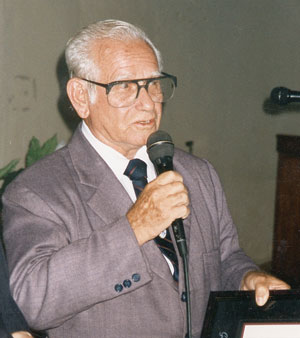 Archie Cameron (right), a missionary pioneer with the United Brethren church, passed away on September 29, 2005. He was He was 87 years old. His death occurred at the hospital in La Ceiba, Honduras. Archie had lived in Honduras since 1952, and had led the work there up through 1985.
Archie Cameron (right), a missionary pioneer with the United Brethren church, passed away on September 29, 2005. He was He was 87 years old. His death occurred at the hospital in La Ceiba, Honduras. Archie had lived in Honduras since 1952, and had led the work there up through 1985.
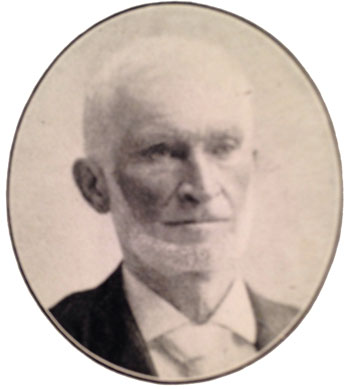
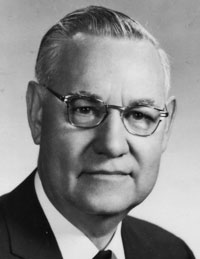 Clyde W. Meadows (right) served simultaneously as a United Brethren bishop and as president of the World’s Christian Endeavor Union. The latter role took him to Europe in September 1963. At a rally in Hamburg, Germany, he told the 1000 attendees that he would be traveling on to Sierra Leone. They insisted on taking an offering to send with him. It came to 300 German Marks.
Clyde W. Meadows (right) served simultaneously as a United Brethren bishop and as president of the World’s Christian Endeavor Union. The latter role took him to Europe in September 1963. At a rally in Hamburg, Germany, he told the 1000 attendees that he would be traveling on to Sierra Leone. They insisted on taking an offering to send with him. It came to 300 German Marks.